This is a premium steak consisting of the two most tender muscles a steer has to offer, there are really only three methods of cooking that should be considered acceptable: grilling, broiling, and pan searing. Leave the braising and slow roasting to tough guys named Chuck or Brisket, who have a lot of collagen to break down. This recipe for braai spiced t-bone is a winner in our minds! This grilled T-Bone recipe is also fabulous.
Grilling and broiling are pretty much the same thing, except the heat is coming either from below or above. A hot flame sears the outside, caramelizing the natural sugars in the meat to create a dark, flavorful crust and seal in the juices. This is called the Maillard reaction, and it is your friend. Same with pan searing, except a small amount of fat is used to keep the meat from sticking. Whichever method you use, it’s the same theory: high heat, short time.
Grilling or broiling: Have your flame on high. If you’re using charcoal, it should be glowing red, and you’re grilling directly above it.
Pan searing: Use a well-seasoned cast-iron skillet. Preheat it until it’s smoking hot, then add enough butter and oil (to help keep the butter from burning) to lubricate the pan, and add the steak as soon as the butter is sizzling.
Use tongs to turn the steak, and NEVER use a fork to test for doneness. This T-bone steak cooking guide will help you determine cooking time. As always, USDA recommends cooking to an internal temperature of 145 degrees F…so get out that meat thermometer.
NOTE: The biggest culprit for tough grass fed beef is overcooking. This beef is made for rare to medium rare cooking. If you like well done beef, then cook your grass fed beef at very low temperatures in a sauce to add moisture.
Sold by the pound. Packages weighing a pound.
Be the first to review “Beef T-bone Steak” Cancel reply
You must be logged in to post a review.




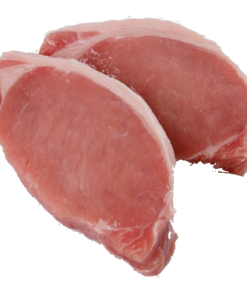
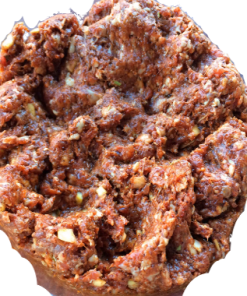
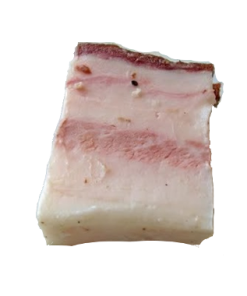
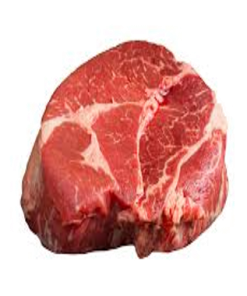
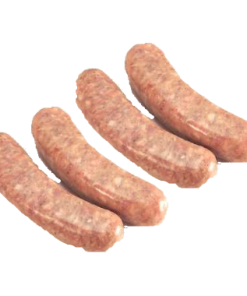

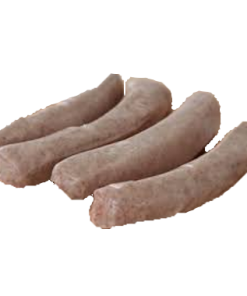
Reviews
There are no reviews yet.